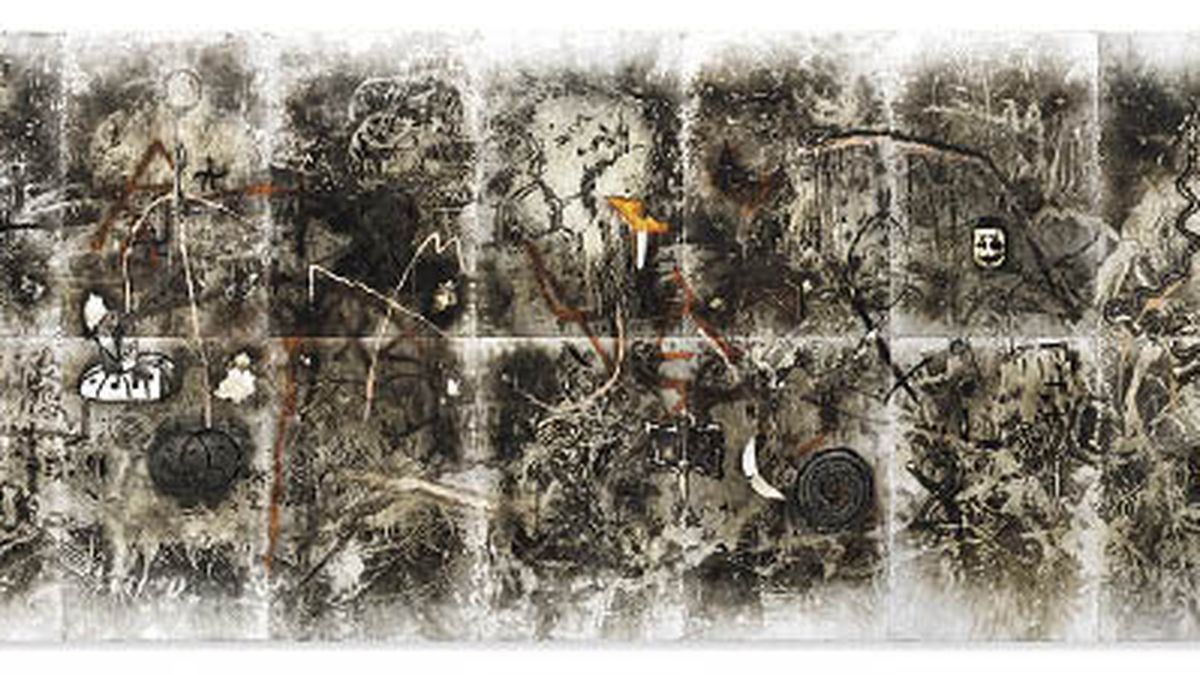The curatorial text begins with a question: “Does the ethical dimension of violence in the revolutionary act remain among us?” Understanding the revolution as the search for something that has not been given and as a change of direction in search of higher values, Roberto Amigo discovers that “intense emotion covers the absence of meaning.” The revolution, at least that of Espina, “can only be understood from the emotion of one’s own biography.” The title of the exhibition, “No place under the sun”, taken from the opera “Evita” by Lloyd Webber, reads: “Always behind the window / No place under the sun / I tried to be free / But I will never stop dreaming…”
“To represent the past it is necessary to accept the time and place where history stopped, because the affirmation of that moment enables the possibility of the condensing image. Espina, on the contrary, builds another possibility: the images of personal life, active in the collective, unfold as if they were appearing in the mind during a ritual ceremony with plants with entheogenic properties”, clarifies the curator. The at times hallucinated universe of an artist with a “violated biography”, as battered over time by his individual stories as by his social ones, can be seen in the painting that flows like an inexhaustible outlet. There are the symbols, the graphics, the snake and the traces of the artist’s body; the sphere, the polyhedron and the sacred geometry of Pythagorean roots that is related to Freemasonry. Among the political references are the hammer and sickle and the Peronist victory sign next to the name of a rock group.
In his celebrated “History of Art,” Gombrich notes: “Any art historian who has lived long enough to experience what happens as the present becomes the past has something to say about how profiles change with distance.” ”. Tomás Espina’s work, without a “condensing image”, simply without a specific theme to represent, is sustained by emotion and the impulse to let his hand run to the rhythm of the most urgent and diverse issues that go through his life.
Humanity shows that it has not yet resolved whether there is any cause, however revolutionary it may be, that justifies imposing the violence of the pain of war, exile, migration and the desire to return from some distant destination like Mozambique, as far as Espina went. . In this case, the desire to return is manifested in those long brushstrokes that cross the painting and leave their traces, like the wake of a ship.
Source: Ambito
I am an author and journalist who has worked in the entertainment industry for over a decade. I currently work as a news editor at a major news website, and my focus is on covering the latest trends in entertainment. I also write occasional pieces for other outlets, and have authored two books about the entertainment industry.




